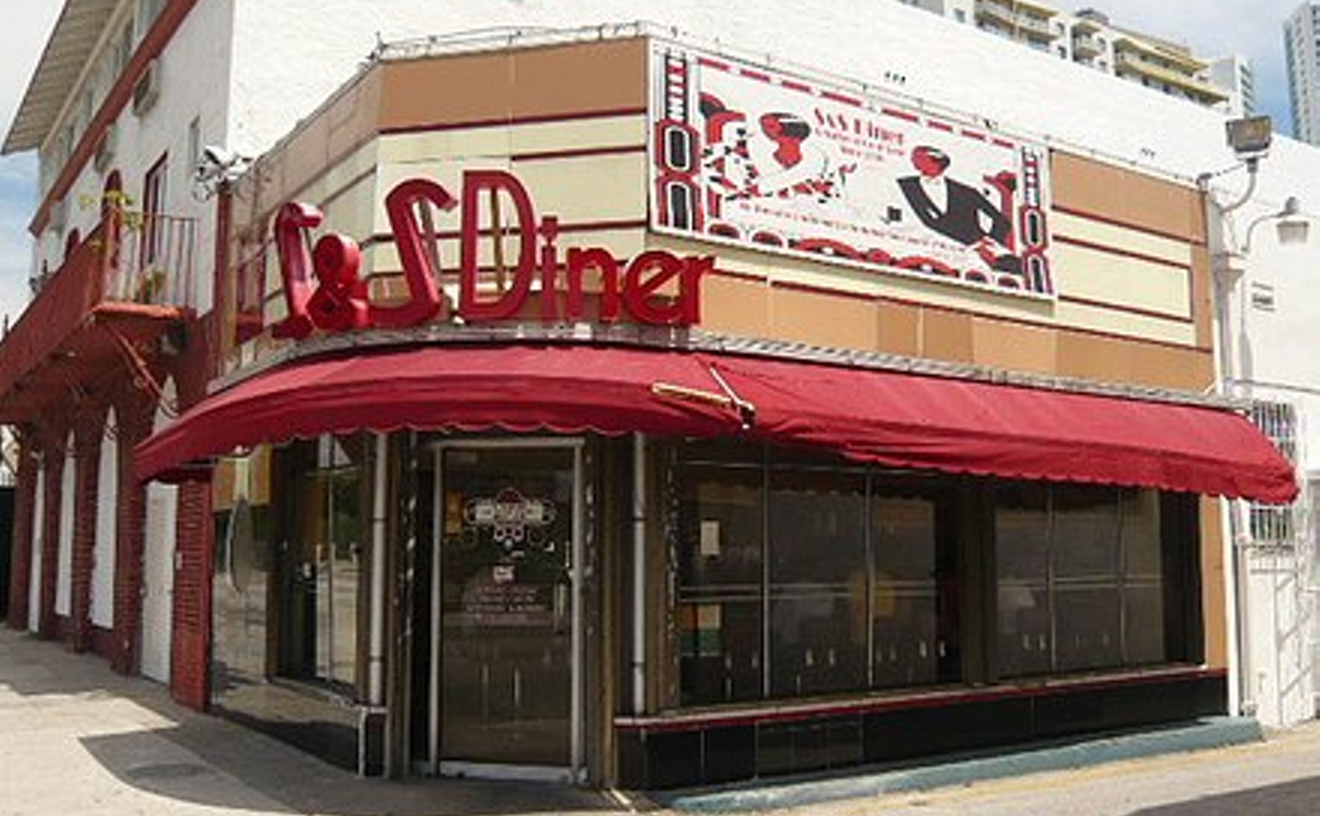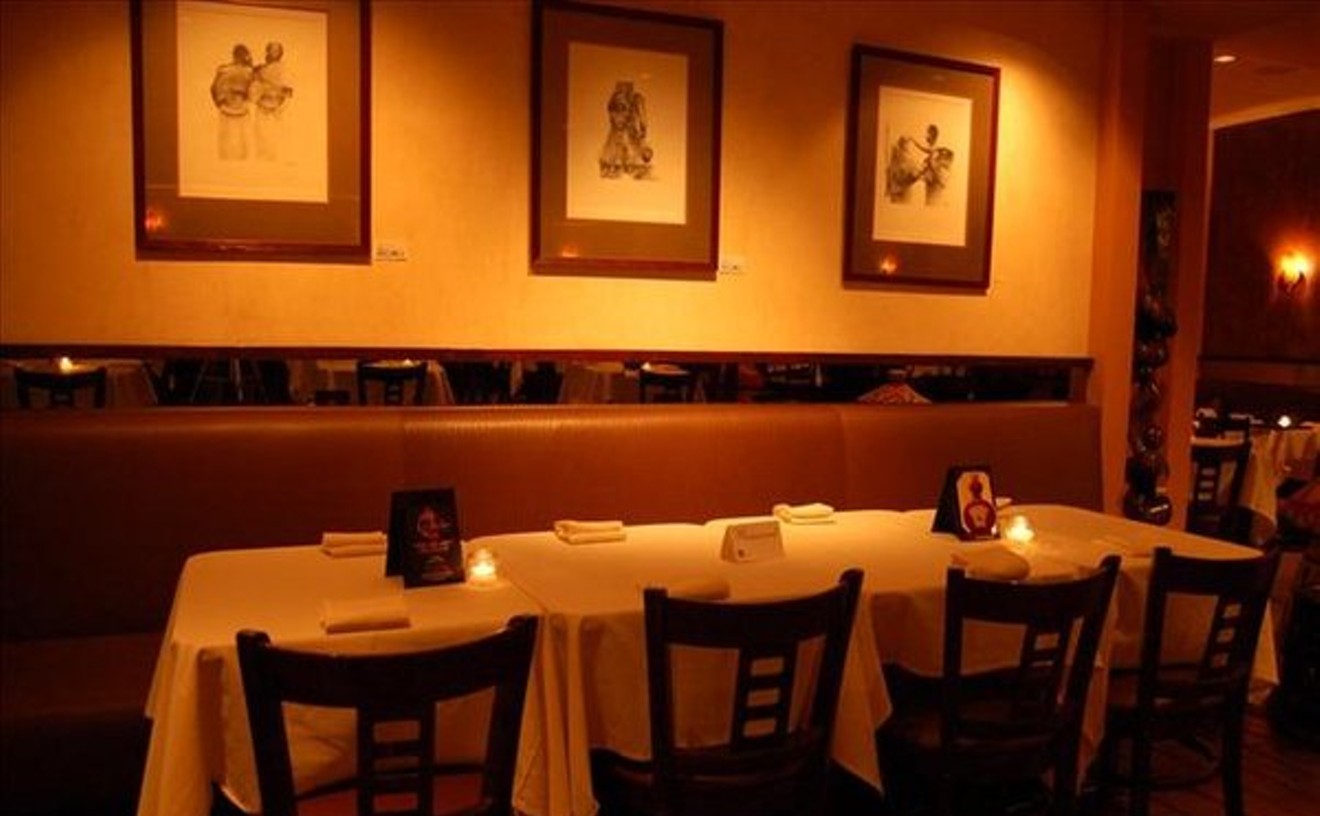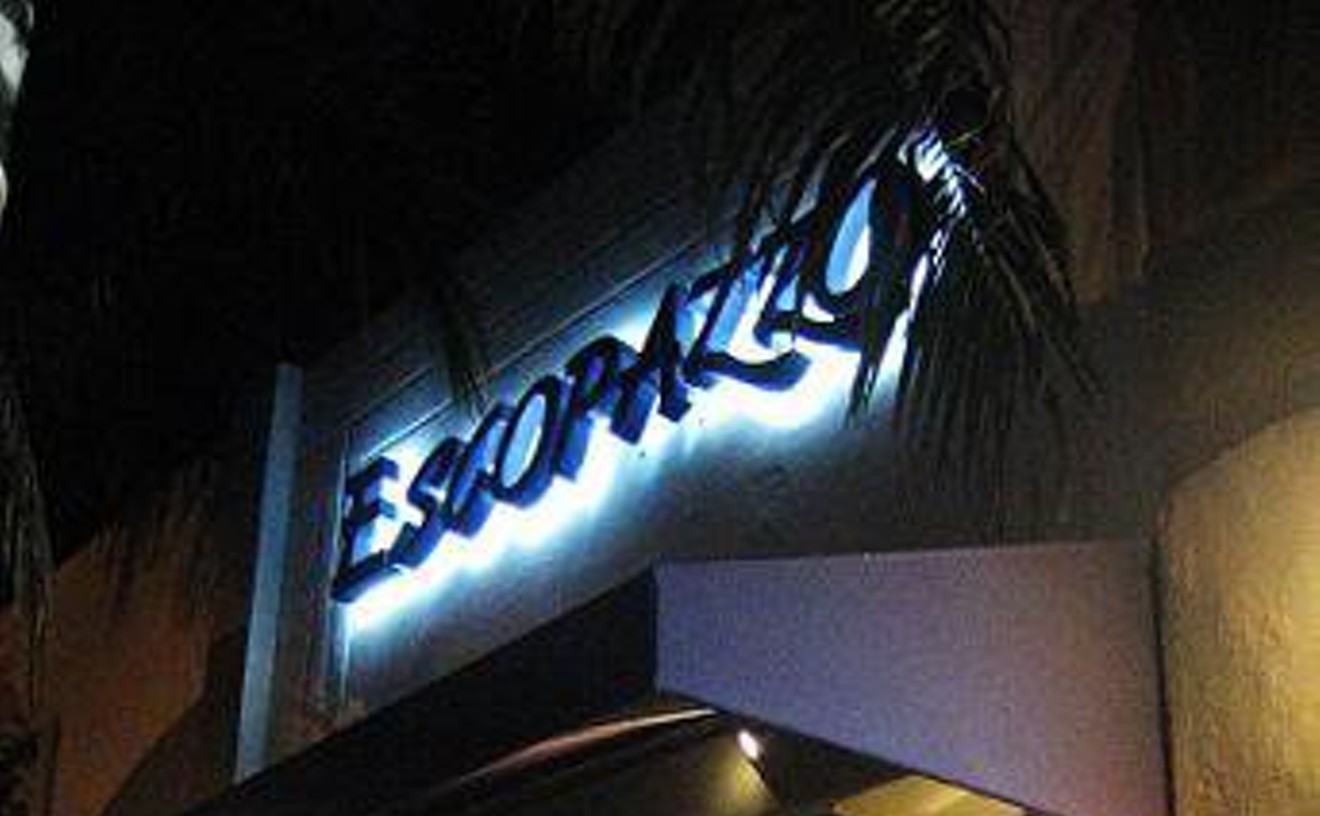The door of the S&S Diner opened and two men walked in. They sat down at the counter. There were no tables.
"What's yours?" the waitress asked them.
"I don't know," one of the men said. "What do you want to eat, Al?"
"I don't know," said Al. "I don't know what I want to eat."
Outside it was getting hot. The traffic slowed down on Second Avenue. The two men at the counter read the menu.
"I'll take ham and eggs," said the man called Al. He wore a fedora. His face was small.
"Give me bacon and eggs," said the other man. He was about the same size as Al. Their faces were different, but they were dressed like twins. They sat leaning forward, their elbows on the counter.
"This is a hot town," said Al. "What do they call it?"
"Miami."
"Ever hear of it?" Al asked his friend.
"No," said the friend.
"What do they do here midday?" Al asked.
"They eat the big lunch," his friend said. "They all come here and eat the big lunch."
"So you think that's right?" Al asked the kid sitting next to them.
"Sure," the kid said.
"You're a pretty bright boy, aren't you?"
"Sure."
"Ain't he a bright boy, Max?" Al said.
"The town's full of bright boys," Max said.












